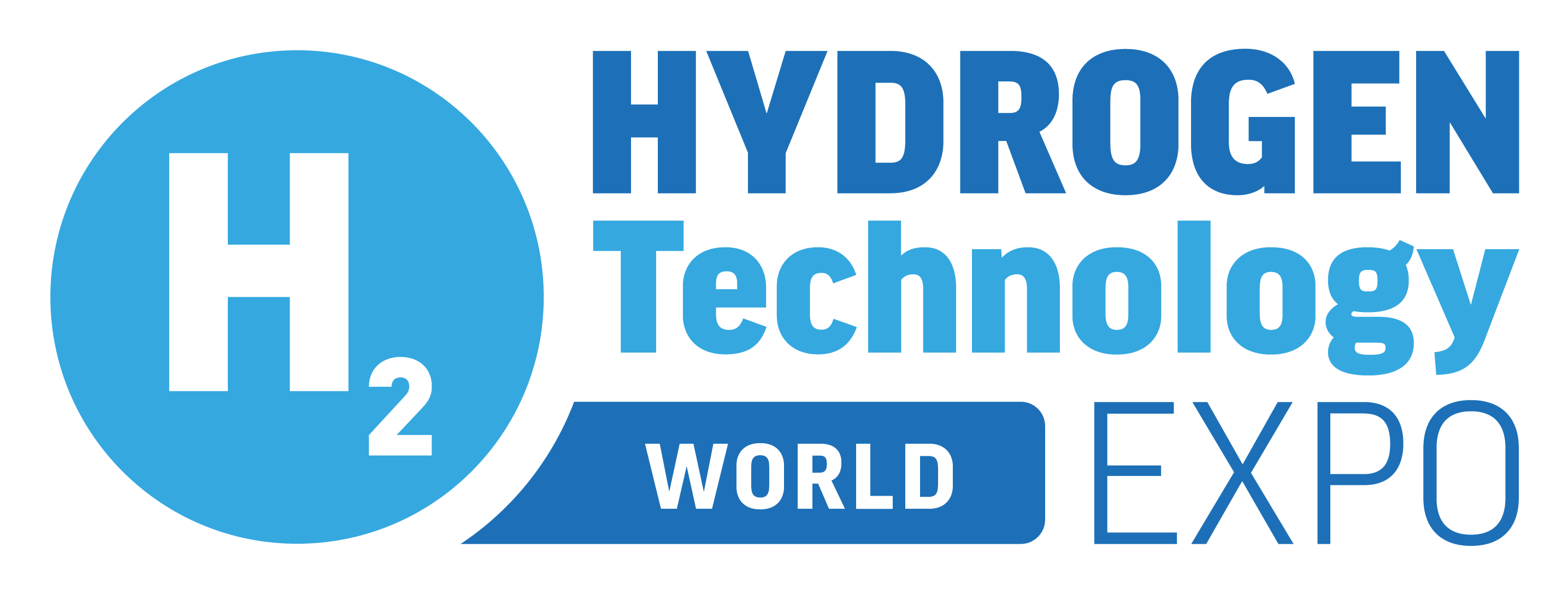Production Technology for Bipolar Plates of Fuel Cells and Electrolyzers – Anything but Simple
Electrolyzers and Fuel Cells are an important part of the energy transition and have the potential to be produced in significant numbers worldwide. However, the production of the bipolar plates built into stacks is anything but simple:
On the one hand, the manufacturing process is exceedingly complex and requires max. precision. It is essential that the required production steps from decoiling to stacking are not only optimized in detail, but also perfectly coordinated. On the other hand, designs of bipolar plates for Electrolyzers and Fuel Cells vary considerably in terms of product variables (material properties, material quality and thickness), production variables (geometry, channel radii, positioning characteristics, number of weld layers) and process variables (dependencies, cycle times, energy costs).
In order to minimize the investment risk in the new but promising market, it is not only necessary to continuously research and develop the plate designs and production technologies, but a scaling strategy is also required that enables an economical ramp-up of production capacities from small series to large-scale production. In this context, the particular challenge lies in the coordination of cycle time, reliability, flexibility, precision and cost-effectiveness.




)
)
)
)
)
)
)
)
)
)
)
)
)
)
)
)
)
)
)
)
)
)
)
)
)
)
)
)
)
)
)
)
)
)
)
)
)
)
)
)
)
)
)
)
)

)
)
)
)
)
)
)
)
)
)
)
)


)
)
)
)
)
)
)
)
)
)
)
)

)

)
)
)

)
)
)
)
)
)
)
)
)

)
)
)
)

)
)
)
)
)
)
)
)
)
)


)

